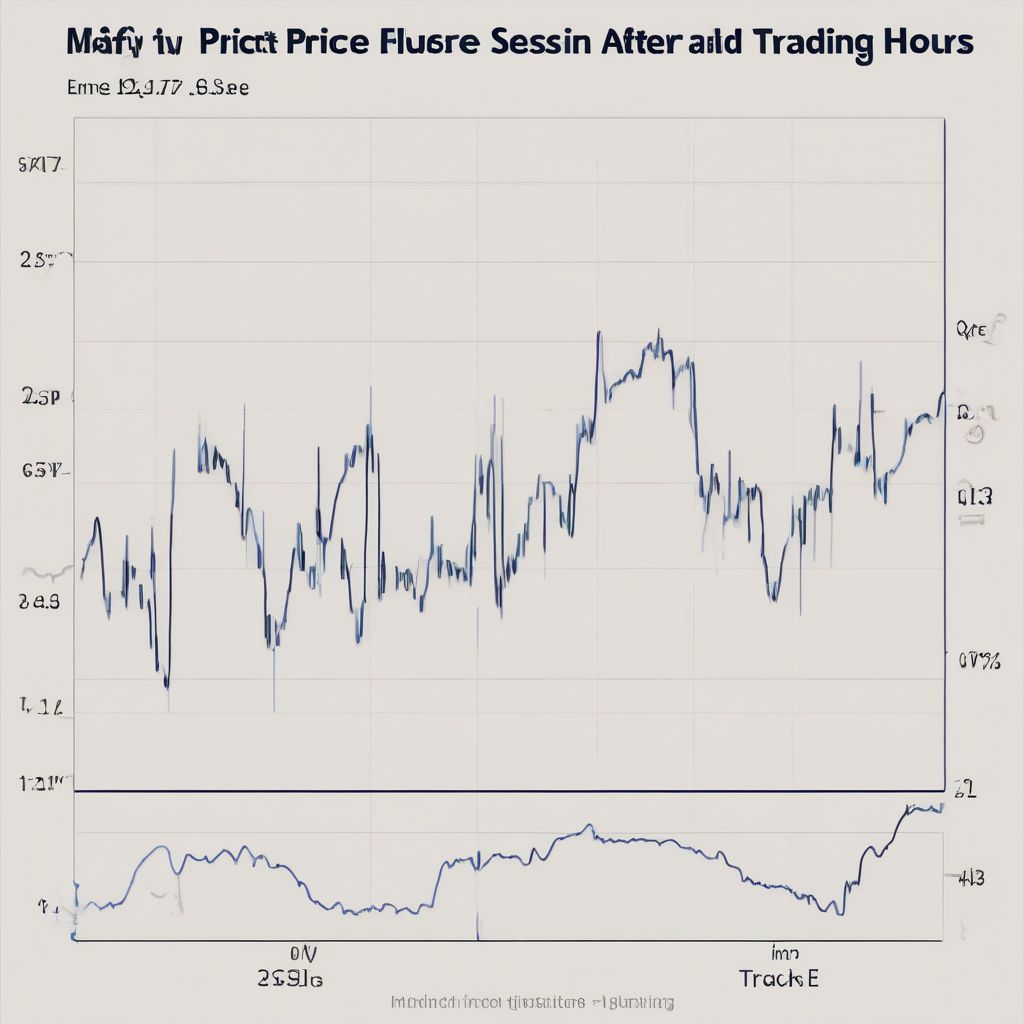Have you ever checked your stock portfolio after the market closed and been surprised by price changes in your Dow Jones Industrial Average (DJIA) stocks? That, my friend, is the after-hours market at work. While most people trade during regular market hours, some prefer the excitement and potential opportunities of Dow After Hours Trading.
This comprehensive guide will delve into the intricacies of Dow after hours trading, exploring its meaning, importance, risks, and answers to some frequently asked questions. Let’s get started!
What is Dow After Hours Trading?
The trading day for the Dow Jones Industrial Average, like most stock exchanges, runs from 9:30 AM to 4:00 PM Eastern Standard Time (EST). Dow after-hours trading refers to the buying and selling of stocks listed on the Dow Jones Industrial Average outside of these regular market hours, typically between 4:00 PM and 8:00 PM EST.
Why Trade in the After Hours?
- React to News: After-hours trading allows investors to react quickly to news released after the market closes, such as earnings reports, mergers and acquisitions, or economic data.
- Flexibility: It offers greater flexibility for investors who may not be able to trade during regular hours due to work or other commitments.
- Potential for Higher Returns: After-hours trading can present opportunities for higher returns due to increased volatility and wider bid-ask spreads. However, it’s crucial to remember that this increased volatility also translates into higher risk.
trading.juneglow.vn/wp-content/uploads/2024/07/after-hours-trading-chart-66a1d6.jpg" alt="After Hours Trading Chart" width="1024" height="1024">After Hours Trading Chart
The Importance of Understanding After-Hours Trading
After-hours trading can be a valuable tool for some investors, but it’s essential to understand the risks involved.
Risks of Dow After Hours Trading
- Lower Liquidity: Fewer participants in the after-hours market can lead to lower trading volume and wider bid-ask spreads, making it more challenging to execute trades at favorable prices.
- Increased Volatility: After-hours trading often experiences heightened volatility due to lower liquidity and the potential impact of news releases.
- Competition from Institutional Investors: Institutional investors, with their vast resources and sophisticated trading algorithms, often dominate the after-hours market, putting individual investors at a potential disadvantage.
FAQs about Dow After Hours Trading
1. How can I participate in Dow after hours trading?
To participate in after-hours trading, you’ll need an account with a brokerage firm that offers after-hours trading services.
2. Are all Dow stocks available for after-hours trading?
While most Dow stocks are available for after-hours trading, availability may vary depending on the brokerage firm and the specific stock.
3. What are the trading costs associated with after-hours trading?
Brokerage fees for after-hours trading can be higher than regular trading hours, so it’s crucial to check with your broker regarding their fee structure.
Conclusion
Dow after-hours trading can provide unique opportunities for investors to capitalize on market-moving news and potentially enhance their returns. However, it’s crucial to understand the risks associated with lower liquidity, increased volatility, and competition from institutional investors.
Thoroughly research and carefully consider your investment goals and risk tolerance before venturing into the exciting, but potentially risky, world of after-hours trading.
Do you have any further questions about Dow after-hours trading? Share your thoughts and experiences in the comments below!
